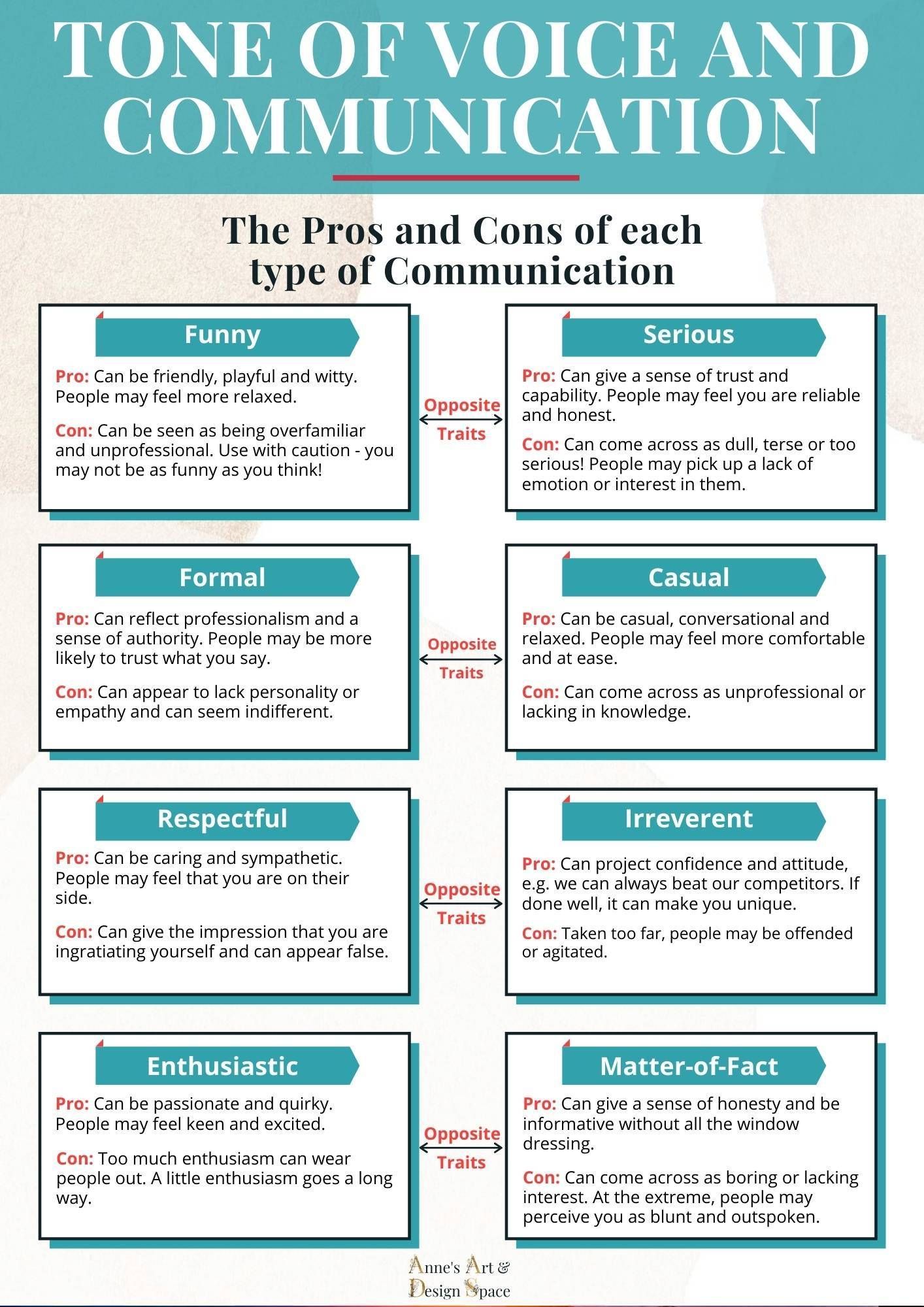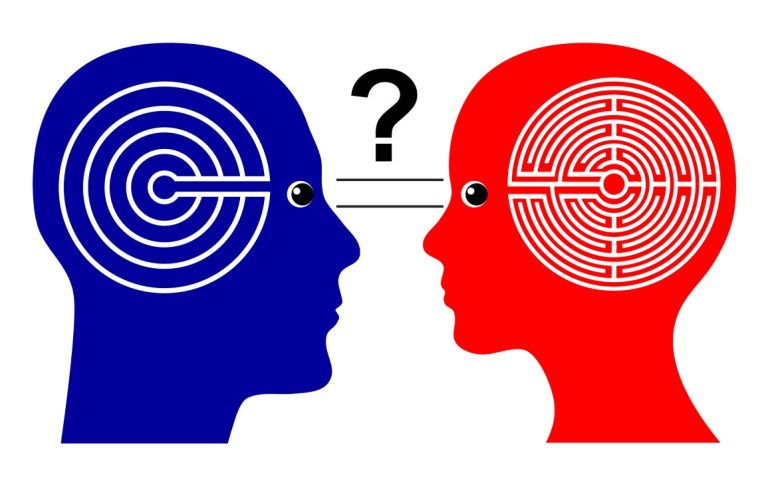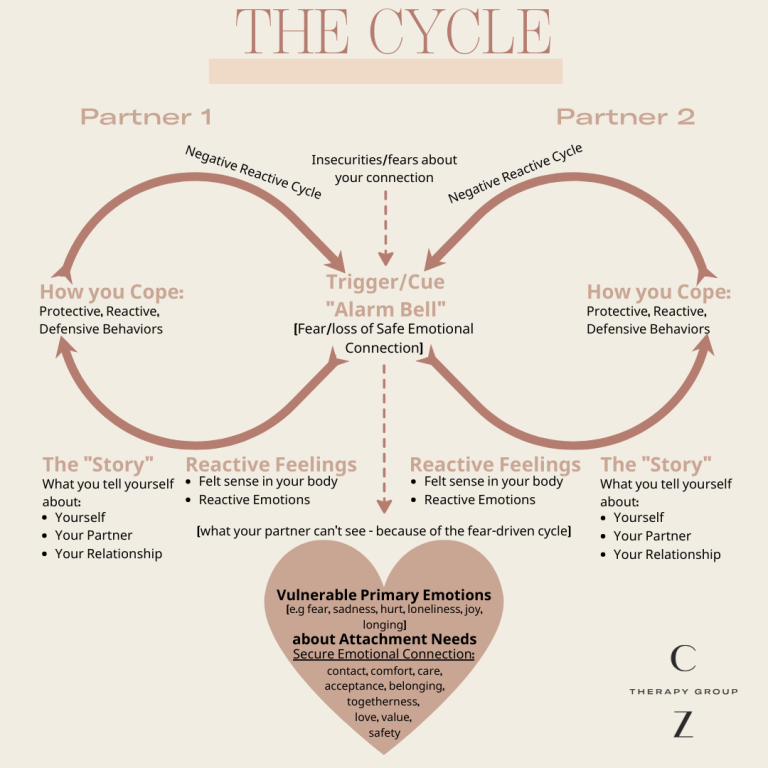What is Voice Tone in Communication
Voice tone in communication refers to the emotion or attitude conveyed through vocal inflections and expressions. It plays a crucial role in influencing the overall message and how it is received by the listener.
The tone can impact the effectiveness of the communication, either enhancing or hindering the intended meaning. Understanding how to adjust and control one’s voice tone is essential for effective and clear communication in various situations. By mastering voice tone, individuals can better convey their message, build rapport with others, and ensure that their communication is received positively.
Ultimately, mastering voice tone can lead to more effective interactions and stronger relationships.

Credit: studious.org.uk
Importance Of Voice Tone
Voice tone plays a crucial role in effective communication. It greatly influences how our messages are received and understood by others. The tone we use, whether in spoken words or written communication, conveys emotions, attitudes, and intentions. Understanding the significance of voice tone can lead to clearer interactions and stronger connections in any relationship or setting.
Impacts Of Voice Tone
Voice tone has a profound impact on our interactions and relationships. It can shape perceptions, evoke emotions, and either enhance or hinder effective communication. How we speak or write contributes significantly to building relationships, resolving conflicts, and conveying empathy. Let’s delve into the importance of voice tone in various aspects of communication.
Building Relationships
The tone of one’s voice sets the stage for building positive and trusting relationships. By using a warm and friendly tone, individuals can create a welcoming environment for open dialogue. This enhances understanding, fosters cooperation, and promotes goodwill, whether in personal or professional relationships.

Credit: www.soundwave.global
Understanding Voice Tone
Voice tone is a crucial aspect of communication. Understanding voice tone can significantly impact the effectiveness of your message. By grasping the subliminal nuances of voice tone, individuals can convey emotions, intentions, and authority effectively.
Definition Of Voice Tone
Voice tone refers to the inflection, pitch, volume, and emphasis used when speaking. It conveys the emotional context and attitude behind the words being spoken, and has a profound influence on how a message is received and understood.
Components Of Voice Tone
- Inflection: The rise and fall of pitch during speech.
- Pitch: The perceived frequency of the voice, whether high or low.
- Volume: The loudness or softness of the voice.
- Emphasis: The stress placed on certain words or phrases for added significance.
Different Types Of Voice Tone
Voice tone in communication plays a crucial role in conveying the intended message. Different types of voice tone, such as assertive, friendly, or hesitant, can greatly impact how a message is perceived by others. Understanding and using appropriate voice tones can help individuals communicate more effectively and build better relationships.
In communication, voice tone plays a crucial role in conveying emotions and messages effectively. It reflects the feelings, attitude, and intention behind the words being spoken or written. Understanding the different types of voice tone can help us communicate our thoughts and ideas more precisely. Let’s explore three common types of voice tone: authoritative, friendly, and assertive.
Authoritative Voice Tone
An authoritative voice tone is characterized by confidence, expertise, and a sense of superiority. It is often used in situations where one needs to establish credibility or assert their dominance. People with an authoritative voice tone are generally seen as authoritative figures or leaders in their field.
When speaking authoritatively, individuals tend to use a firm and commanding voice. They project a strong sense of certainty in their words, making their statements appear non-negotiable. This voice tone is commonly used in professional settings such as business presentations, lectures, or when giving instructions.
Friendly Voice Tone
A friendly voice tone is warm, approachable, and welcoming. It creates an atmosphere of openness and friendliness, making the listener or reader feel comfortable and engaged. This tone is often used in casual conversations, customer service interactions, and personal communication.
When communicating with a friendly voice tone, individuals use a gentle and relaxed voice. They show genuine interest in the other person, making them feel valued and heard. This type of tone is ideal for building relationships, resolving conflicts, and creating a positive rapport with others.
Assertive Voice Tone
The assertive voice tone strikes a balance between being confident and respectful. It involves expressing oneself clearly, standing up for one’s rights, and sharing opinions or needs without being aggressive or confrontational.
When using an assertive voice tone, individuals speak with a steady and self-assured voice. They are direct, yet polite, in their approach and make firm statements while considering the feelings and opinions of others. This tone is beneficial in situations that require negotiation, setting boundaries, or expressing assertiveness in a professional manner.
| Types of Voice Tone | Key Characteristics | Common Usage |
|---|---|---|
| Authoritative | Confidence, expertise, superiority | Business presentations, lectures, giving instructions |
| Friendly | Warm, approachable, welcoming | Casual conversations, customer service, personal communication |
| Assertive | Confident, respectful, direct | Negotiation, setting boundaries, expressing assertiveness |

Credit: mariapellicano.com
Effective Communication Tips
Matching Voice Tone With Message
Consistency between voice tone and the message is crucial for effective communication.
Your tone should match the content to convey the intended emotion clearly.
Active Listening
Listening actively involves focusing wholly on the speaker and providing feedback.
Show understanding through non-verbal cues, such as nodding and maintaining eye contact.
Developing A Positive Voice Tone
Developing a Positive Voice Tone is crucial for effective communication, as it greatly impacts how our messages are received. Your voice tone can convey confidence, warmth, and credibility, and mastering it can significantly enhance your interpersonal and professional relationships.
Practicing Vocal Exercises
Regular vocal exercises can help you develop a positive voice tone. These exercises can include breathing techniques, vocal warm-ups, and articulation drills. By practicing these exercises, you can improve the quality and control of your voice, leading to a more engaging and pleasant tone.
Awareness Of Tone
Being aware of your tone during communication is essential. Pay attention to how you speak and how it may be interpreted by others. Utilize self-reflection to analyze your tone in different situations, such as casual conversations, presentations, or negotiations. Developing this awareness can enable you to adjust your tone to better suit the context and audience.
Frequently Asked Questions For What Is Voice Tone In Communication
What Are Three 3 Types Of Tones In Communication?
The three types of tones in communication are formal, informal, and assertive. Formal tone is used in professional or business settings. Informal tone is casual, relaxed, and personal. Assertive tone is confident, direct, and clear in expressing thoughts and opinions.
What Is Vocal Tone?
Vocal tone refers to the way someone’s voice sounds, conveying emotions, attitudes, and intentions while speaking.
What Is A Disrespectful Tone Of Voice?
A disrespectful tone of voice is rude, condescending, or aggressive in manner, lacking respect or consideration.
What Is The Meaning Of Toning Of Voice?
Toning of voice refers to the way a person or brand communicates, including the style, tone, and language used. It helps to create a consistent and recognizable identity, promoting authenticity and connecting with the target audience.
Conclusion
Overall, the voice tone plays a crucial role in effective communication. It goes beyond the words we speak, influencing how our message is received and understood. Whether it’s a casual conversation or a formal presentation, being aware of our voice tone can help us create a positive and engaging connection with our audience.
By adopting a confident and friendly tone, we can enhance our communication skills and build stronger relationships. So, let’s strive to use our voice tone effectively and make our words resonate with others.





